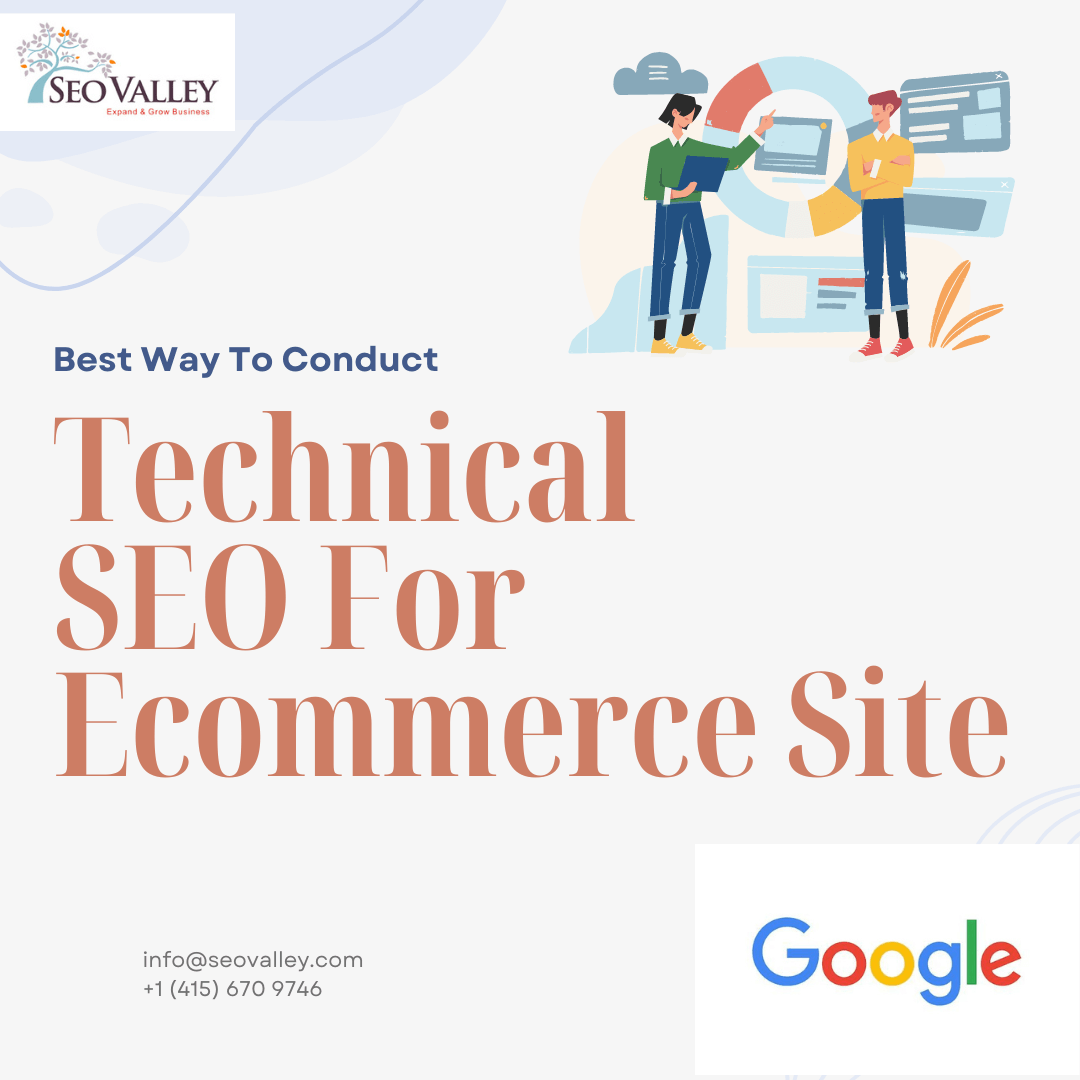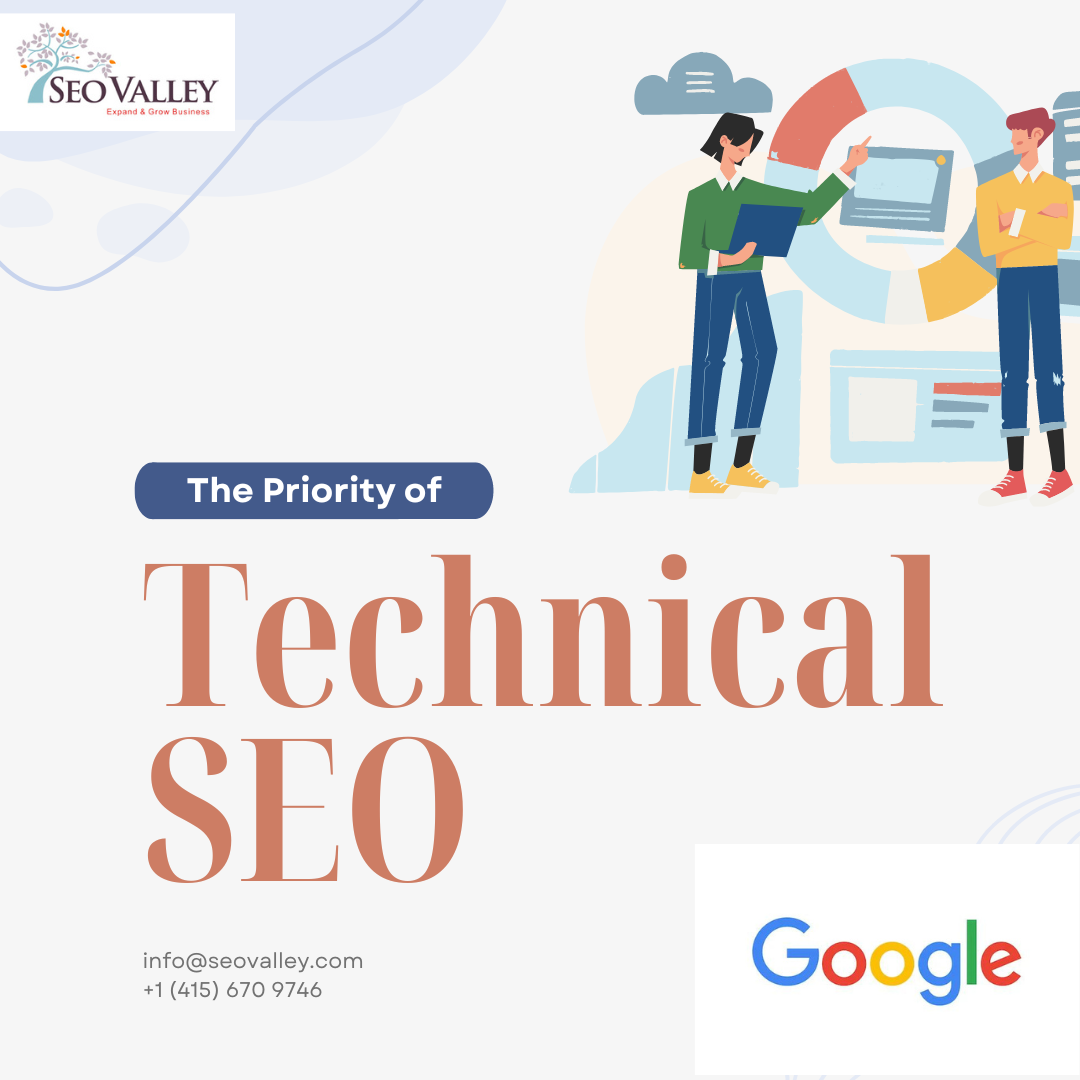A solid content strategy is no doubt essential for the success of SEO in the long-term, but it shouldn’t be the first or the only factor to work on. Even the most engaging content won’t perform well if your website does not have a solid SEO foundation. So, before you deploy a content strategy, be sure to address the five common optimization roadblocks listed below. A reliable search engine optimization firm like SEOValley™ can provide fixes for these concerns.

1. Canonical Issues
Many websites (even by large companies) have lost rankings in Google for having multiple versions of the same content on different URLs. These duplicate versions are often unintentional and creep into existence in many ways. For example:
- Some websites have ‘non-www’ and ‘www’ versions instead of simply redirecting one to the other
- Some e-commerce sites allow search engines like Google to index duplicate paginated pages
- Filtering parameters may have been appended to a URL (and to a search engine, this looks like a different page)
These are just some of the ways to inadvertently create URL bloat; there are many more. A good SEO firm can quickly fix such problems by using rel=canonical tags, properly implementing 301 redirects, managing URL parameters, and implementing correct pagination strategies. It’s important that you rectify canonical URL issues riddling your website before implementing a content strategy. SEOValley™ is one such company that can do a comprehensive audit and ensure that your rel canonical structure is simple, sends clear signals, and is consistent across your site.
2. Non-Optimized META Tags
Are your META tags looking spammy, with long lists of keywords that seem to have been dumped haphazardly? Then they may be compromising your rankings. A good SEO company can review your META tags and write real, optimized descriptions whenever necessary.
The title tag as well as the META description should naturally integrate relevant keywords. Note that search engine robots tend to ‘read’ meta tags from left to right, so words that come first are considered ‘more important’ than those following them.
The title tag should be snappy and accurate, providing summarized information about your page in just 40 to 60 characters. Longer title tags are technically allowed, but most search engines simply ignore the words at the end. The main keywords should appear as early in the text as possible.
The META description tag should be short and clear sentences that tell visitors exactly what they will find on your page. It is ideally less than 170 characters. This tag is displayed on the search results page, so you must aim for it to distinguish your website from the others on the list.
3. Improper Navigational Structure
The better your site’s navigational structure, the better it ranks on the SERPs. A strong and logical structure allows your website to be crawled and indexed efficiently. What’s more, it improves user experience—your visitors can find what they are looking for right away. Good navigational structuring even provides your website with sitelinks—a huge advantage in dominating the SERPs, increasing your brand’s reputation, improving user trust, increasing clickthrough rates, and shortening the conversion funnel.
Is your current structure streamlined and rigorous, or is your site a chaotic jumble of page? SEOValley™ can review and restructure your pages carefully and intentionally to create a unified website that is built for search excellence.










